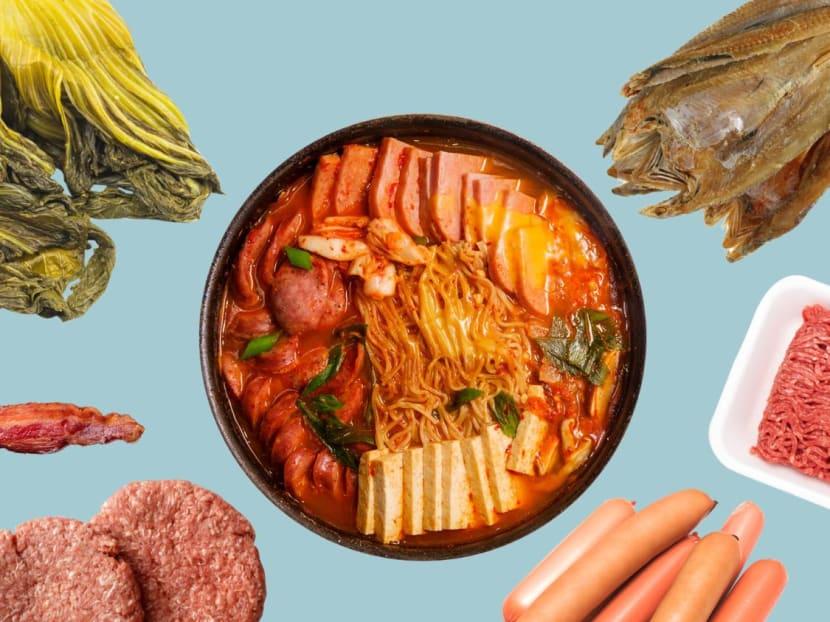Ashow of hands if you enjoy Korean army stew piled high with sliced luncheon meat and hotdogs. Let’s have a count, too, if you can’t resist ordering salted egg and pickled mustard with congee for supper. Your favourite weekend activity is checking out the latest cafe for a brunch of bacon or sausages? Got it.
Even if you're a player who's been playing for เว็บเกมส์ a long time, you'll know it's true because it's a system. It's best to take a short time.
It’s no secret we’ve all got a complicated relationship with processed meats. They’re either a guilty pleasure or our go-to comfort food. At the same time, we’ve been warned about eating too much of these items because of what they contain.
For instance, what do they add to ham to make it look pink? How do they get the meat in hotdogs so finely minced and compacted, you can’t tell it’s meat? And do they really smoke bacon and beef jerky to create that smoky flavour? Just how dangerous are the additives used in these – and should you be worried about cancer in the long run?
CNA Lifestyle reached out to a dietitian and a gastrointestinal surgeon to find out more about what goes into some of our favourite foods.
LUNCHEON MEAT AND HOTDOGS'
As tasty as they are in your hotdog bun or between slices of bread, these items are actually made from the leftover bits found on chicken or pork bones.
After the valuable cuts (such as chicken breasts, thighs, drumsticks, pork loin and pork belly) have been removed, the carcass is forced through a high-pressure sieve to create a meat paste consisting of remnant meat, cartilage and other tissues. Yummy.
What follows is a cocktail of chemicals: Nitrates such as sodium nitrate to preserve as well as enhance flavour and colour, according to Jaclyn Reutens, a clinical and sports dietitian, and the founder of Aptima Nutrition and Sports Consultants.
GROUND MEAT
Yup, even supposedly “natural” food such as ground meat can be cause for suspicion. That tray of minced beef or pork looks pink and fresh for a reason – carbon monoxide or CO could be introduced under the plastic wrap to keep the meat from oxidising and turning brown.
As alarming as it sounds, CO-treated meats are safe for consumption, said Reutens, and “not associated with any health risks”.
“It is difficult to detect the use of carbon monoxide as it’s an odourless gas. But it should not matter because there is no risk posed to humans,” she said.
